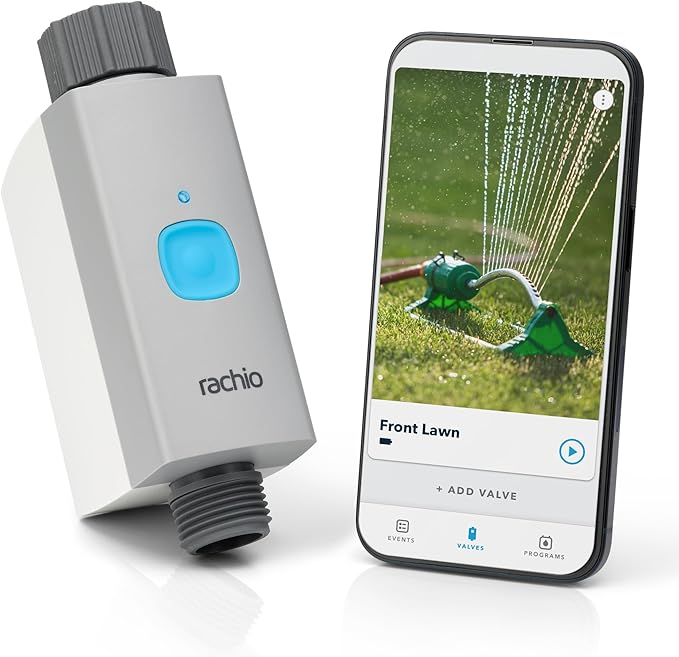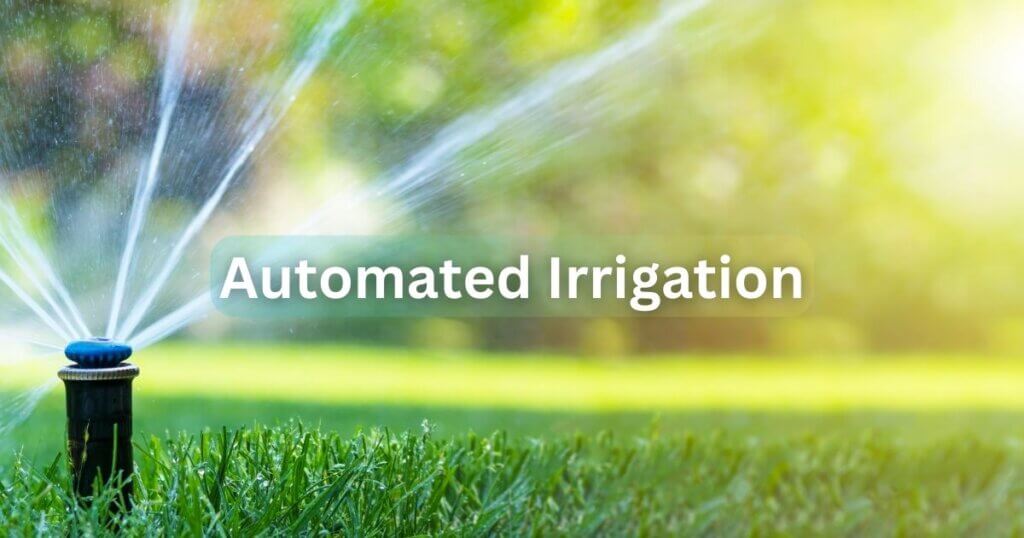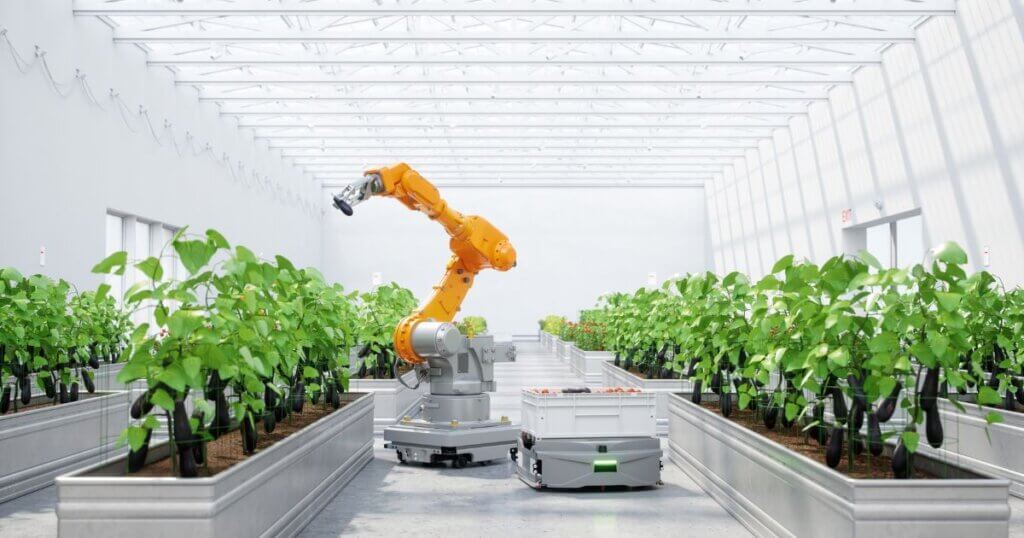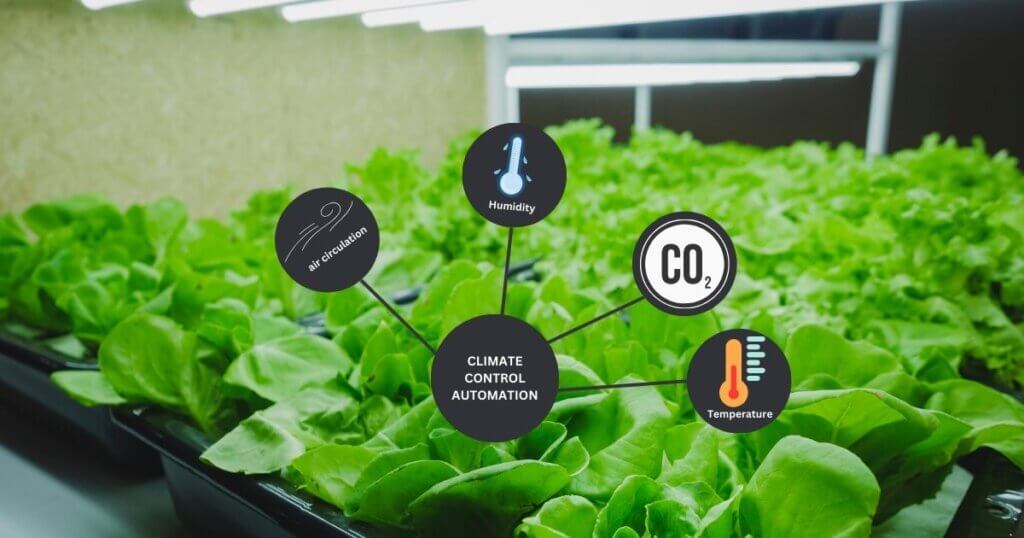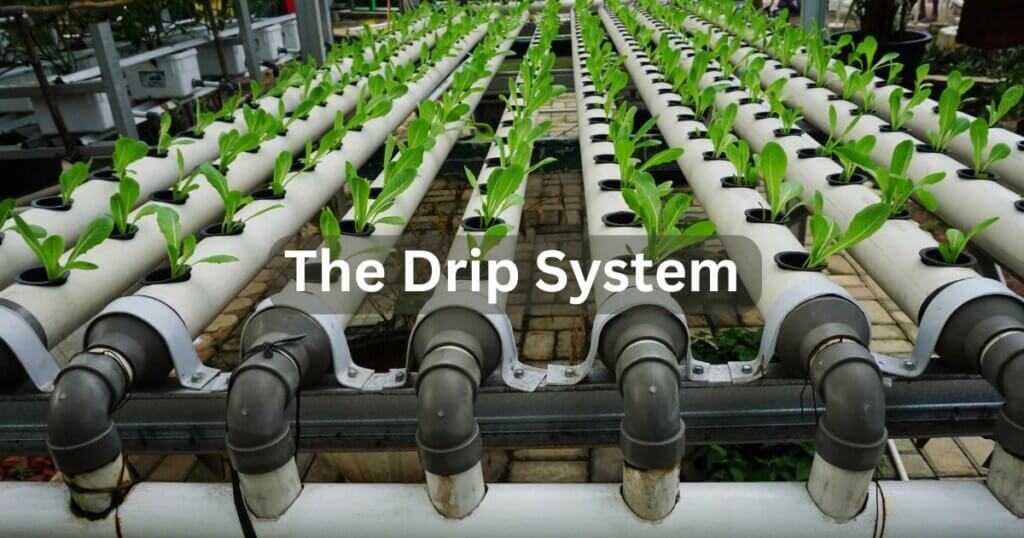Ultimate Power of Artificial Intelligence for Indoor Farming

Some of the links in this post are affiliate links. As an Amazon Associate, we earn a referral fee from qualifying purchases—at no extra cost to you.
In recent years, the agricultural industry has witnessed a remarkable transformation by integrating Artificial Intelligence (AI) into various farming practices. Indoor farming, in particular, has seen a significant boost in efficiency and productivity by applying AI-powered solutions. This article delves into the potential of AI for indoor farming, exploring its innovative applications, benefits, and the future it holds. Farmers can optimize crop growth, enhance productivity, and ensure sustainable food production by leveraging AI technology.
Table of Contents
AI Revolutionizing Indoor Farming
Maximizing Crop Growth with AI
Artificial Intelligence has revolutionized the way indoor farmers grow crops. Farmers can analyze temperature, humidity, light intensity, and nutrient levels by leveraging AI algorithms to create optimal growing conditions. AI-powered systems continuously monitor and adjust these variables, ensuring plants receive the precise amount of resources needed for growth. Additionally, machine learning algorithms can analyze vast amounts of data to identify patterns and provide actionable insights for improving crop yields.
Enhancing Productivity and Efficiency
AI-driven automation is pivotal in increasing productivity and efficiency in indoor farming. Robotic systems equipped with computer vision technology can perform tasks such as seeding, planting, and harvesting with precision and speed. These intelligent robots can navigate indoor environments, identify ripe crops, and carry out tasks without human intervention. By automating repetitive and labor-intensive processes, farmers can allocate their time and resources more effectively, leading to higher productivity and reduced costs.
Predictive Analytics for Improved Decision-Making
One of the most compelling aspects of AI in indoor farming is its ability to provide predictive analytics. AI algorithms can forecast crop growth, disease outbreaks, and harvest timelines by analyzing historical data, weather patterns, and crop-specific information. This foresight enables farmers to make informed decisions regarding resource allocation, pest control, and harvest planning. With AI-generated insights, farmers can mitigate risks, optimize resource usage, and maximize the overall success of their indoor farming operations.
Sustainable Food Production Through AI
AI technologies offer promising solutions to the challenge of sustainable food production. Indoor farming, already known for reducing water usage and land footprint, can enhance sustainability with AI. By fine-tuning resource allocation, minimizing waste, and optimizing energy consumption, AI systems contribute to environmentally friendly practices. With the world’s population increasing, AI-enabled indoor farming holds immense potential to meet the increasing demand for food while minimizing the ecological impact.
AI Applications in Indoor Farming
Smart Sensors for Environmental Monitoring
Smart sensors integrated with AI technology provide real-time data on environmental conditions within indoor farming facilities. These sensors continuously measure temperature, humidity, CO2 levels, and nutrient content. AI algorithms analyze this data to identify optimal conditions for crop growth, detect anomalies, and trigger automated adjustments. By closely monitoring the environment, farmers can ensure that crops receive the ideal conditions for their development, leading to healthier plants and higher yields.
The 4-in-1 Soil Moisture Meter is a smart sensor that tracks soil moisture, light intensity, temperature, and fertility in real time. This device enables indoor farmers to precisely tailor environments for optimal plant health.
Plant Disease Detection and Prevention
AI-powered computer vision systems enable early detection of plant diseases, improving the chances of successful treatment and minimizing crop losses. By analyzing images of plants, AI algorithms can identify subtle signs of diseases, such as discoloration or irregular growth patterns. Early detection allows farmers to take swift action, implementing targeted treatments and preventing the spread of diseases. This proactive approach reduces the reliance on chemical pesticides, promoting sustainable farming practices.
Intelligent Irrigation Systems
Water management is crucial for indoor farming, and AI-driven intelligent irrigation systems offer precise control over water usage. AI algorithms analyze data from sensors and weather forecasts to determine optimal irrigation schedules and water quantities for different crops. By providing the right amount of water at the right time, farmers can avoid water wastage, prevent over- or under-irrigation, and promote healthier root development. This water-saving approach contributes to sustainable farming practices and conserves this valuable resource.
The Rachio Smart Sprinkler Controller uses AI to dynamically adjust irrigation based on weather, soil moisture, and plant needs. This controller helps farmers save water and prevent over- or under-watering, ensuring efficient irrigation and healthier crops.
Crop Yield Prediction and Optimization
AI algorithms can predict crop yields based on historical data, environmental conditions, and crop health monitoring. Farmers can estimate future harvest quantities by leveraging machine learning and plan accordingly. This predictive capability enables efficient resource allocation, preventing overproduction or shortage of crops. Farmers can minimize waste, reduce costs, and increase profitability in indoor farming operations by optimizing crop yields.
The Future of AI in Indoor Farming
As technology advances and AI continues to evolve, the future of indoor farming looks promising. Here are some potential developments on the horizon:
Robotics and Autonomous Systems
Advancements in robotics and autonomous systems will further enhance automation in indoor farming. Intelligent robots equipped with AI capabilities will be capable of complex tasks such as selective harvesting, plant pruning, and pest control. These robots will operate seamlessly within indoor environments, ensuring precision and minimizing human intervention. Integrating robotics and AI will streamline farming operations, optimize resource usage, and increase productivity.
The Smart Plant robot is an AI-integrated system capable of simulating basic robotic automation in plant care.
AI-Powered Genetic Modification
AI algorithms can analyze genetic data and identify desirable traits in crops. This knowledge can be utilized to guide genetic modification efforts, creating crops that are more resilient and disease-resistant and yield higher quantities. AI-driven genetic modification holds immense potential for developing crop varieties that thrive in challenging conditions, helping farmers adapt to climate change and ensure food security.
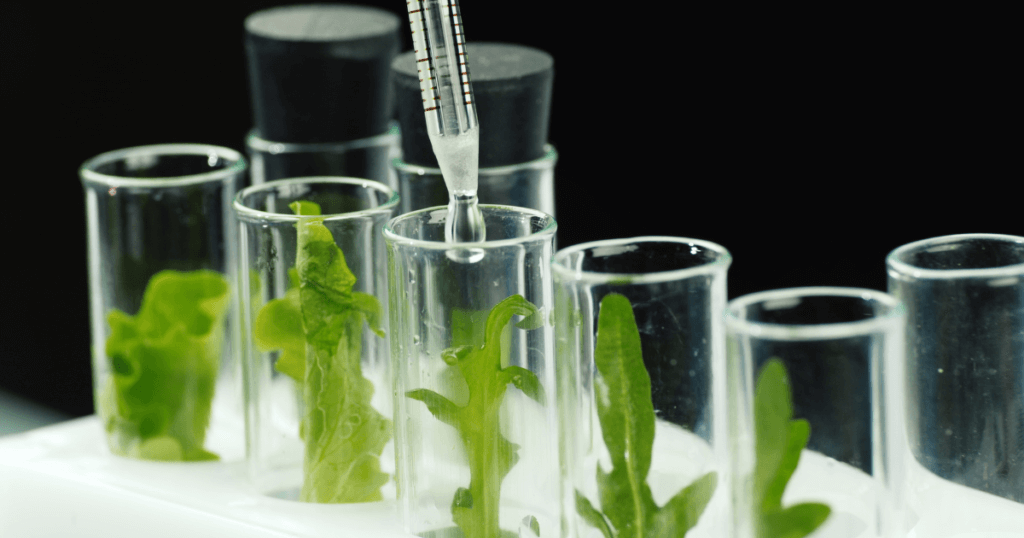
Edge Computing and IoT Integration
Edge computing, combined with the Internet of Things (IoT), will play a crucial role in the future of AI in indoor farming. By processing data locally, at the edge of the network, AI systems can deliver real-time insights and rapid decision-making. Integrated IoT devices such as smart sensors, drones, and robotic systems will generate vast amounts of data that AI algorithms can leverage for continuous improvement and optimization of farming practices.
The Waveshare BME280 Environmental Sensor monitors barometric pressure, temperature, and humidity—ideal for IoT use in edge computing setups
Conclusion
Artificial Intelligence is revolutionizing indoor farming, empowering farmers to optimize crop growth, enhance productivity, and ensure sustainable food production. Farmers can maximize resource usage, predict crop yields, detect and prevent diseases, and automate labour-intensive tasks through AI-powered systems. The future holds even greater possibilities with advancements in robotics, genetic modification, and edge computing. As indoor farming continues to evolve, the integration of AI will play a pivotal role in shaping the future of agriculture.
FAQs – Artificial Intelligence for Indoor Farming
1. How does AI impact the cost of indoor farming operations?
AI can reduce long-term costs by optimizing resource usage, minimizing waste, and automating labor-intensive tasks. However, the initial investment in AI-powered systems, sensors, and robotics can be expensive. Over time, increased efficiency and higher yields can offset these costs.
2. Can AI help in growing exotic or highly sensitive crops indoors?
Yes, AI can monitor and adjust environmental conditions with high precision, making it possible to grow exotic or delicate crops that require specific humidity, temperature, or lighting conditions that may be difficult to maintain manually.
3. What role does AI play in reducing food waste in indoor farming?
AI optimizes harvesting schedules, prevents overproduction, and enables early disease detection, reducing the likelihood of spoiled or wasted crops. Predictive analytics also help farmers align production with market demand to minimize surplus.
4. Are there any limitations or challenges associated with AI in indoor farming?
Some challenges include high initial costs, the need for skilled personnel to operate and maintain AI-driven systems, potential data security concerns, and reliance on high-quality data for accurate predictions and automation.
5. How does AI in indoor farming integrate with renewable energy sources?
AI can optimize energy consumption by adjusting lighting, heating, and cooling based on real-time data. When integrated with renewable energy sources like solar panels, AI systems can manage power usage efficiently, reducing dependency on non-renewable energy and lowering operational costs.
Useful resources to learn more about Artificial Intelligence for Indoor Farming
- iFarm – AI-Driven Vertical Farming
iFarm is an international company that develops AI-powered solutions for vertical farming and hydroponics. Their technology uses automation, sensors, and AI to optimize crop growth and management.
iFarm – Wikipedia - Bowery Farming – AI in Indoor Agriculture
Bowery Farming utilizes AI, robotics, and proprietary software (BoweryOS) to automate and enhance indoor farming operations, improving yields and efficiency.
Bowery Farming – Wikipedia - China’s Five-Year Plan for Smart Farming
China has launched a five-year plan to integrate AI, big data, and GPS technologies into its agricultural sector to increase efficiency and food security.
Reuters – China’s Smart Farming Plan - Larry Ellison’s High-Tech Farming Venture
This article explores Larry Ellison’s AI-driven farming venture, which faced operational challenges despite significant investment in automation and AI technologies.
Wall Street Journal – Larry Ellison’s Agricultural Venture - AI for Agriculture and Societal Benefits
A report from the FT Tech for Growth Forum 2025 discusses how AI improves precision farming, enhances resource management, and boosts agricultural yields.
Financial Times – AI for Societal Benefits
Videos on Artificial Intelligence for Indoor Farming


